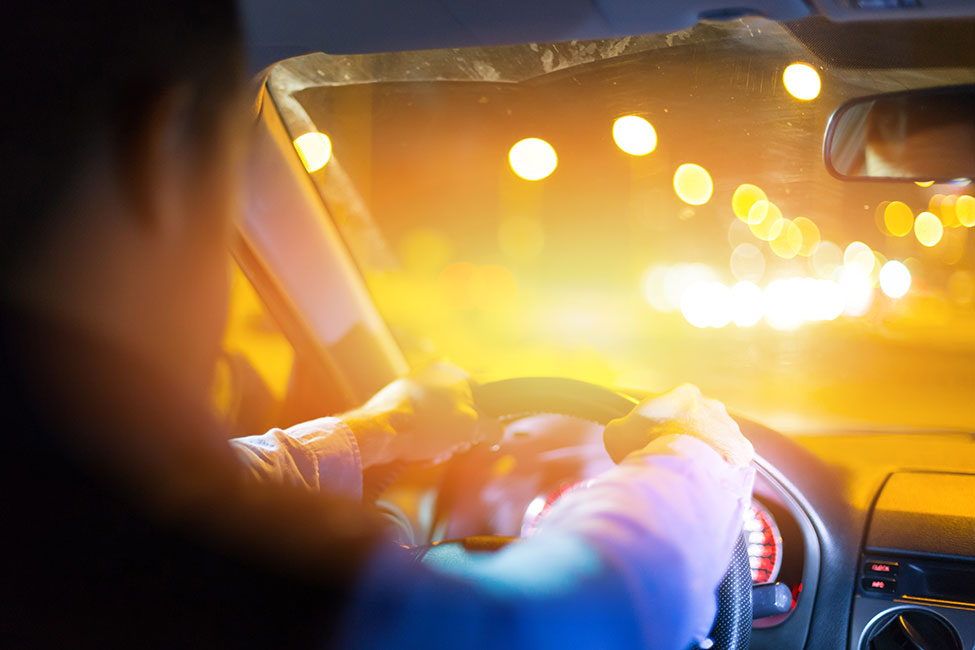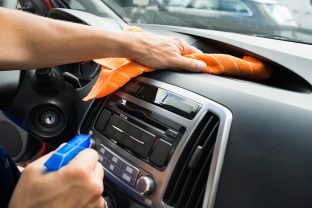Misuse of full-beam headlights: what does the law say?

When can full-beam headlights be used?
As a lighting system that allows you to see up to 100 metres, full-beam headlights (or high beams) should be switched on at night when:
- You are driving on unlit stretches of road
- Visibility is poor at night on A roads and motorways
When is the use of full-beam headlights prohibited?
To prevent the risk of dazzle, the use of full beam is prohibited when:
- You are driving in a city when it is sufficiently lit
- You are driving on a lit road or in a lit tunnel
- You pass an oncoming road user
- You are following a vehicle less than 50 metres in front of you.
While overtaking, keep your headlights dipped until you are level with the other vehicle, then change to main or full-beam headlights, unless this would dazzle oncoming road users.
If you are dazzled by full-beam lights, slow down or stop if necessary.
What are the risks if you misuse full beam headlights?
The correct use of headlights is specified in articles 113-116 of the Highway Code.
If you flash full-beam headlights to warn other drivers, you are liable to a fine of £1000.
You must not use any lights that would dazzle or cause discomfort to other road users. These include pedestrians, cyclists and horse riders, as well as other vehicles. You must dip the lights when:
- You meet an oncoming vehicle, pedestrian or cyclist
- When following another vehicle
- When driving on left-turning bends
Strictly regulated by law, the correct use of high beam is as much a question of driving comfort as of safety.














